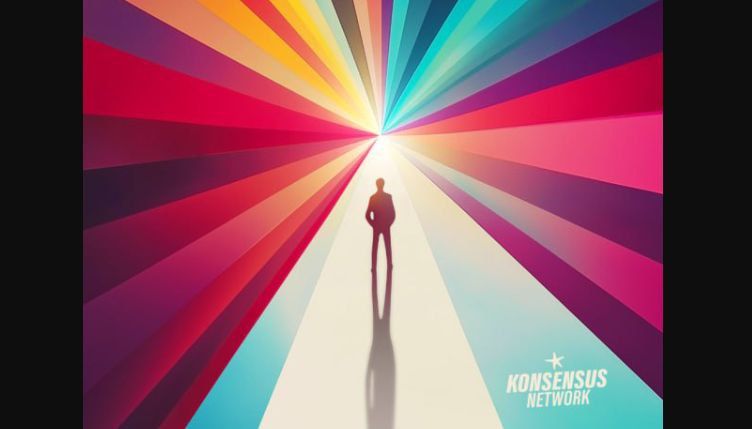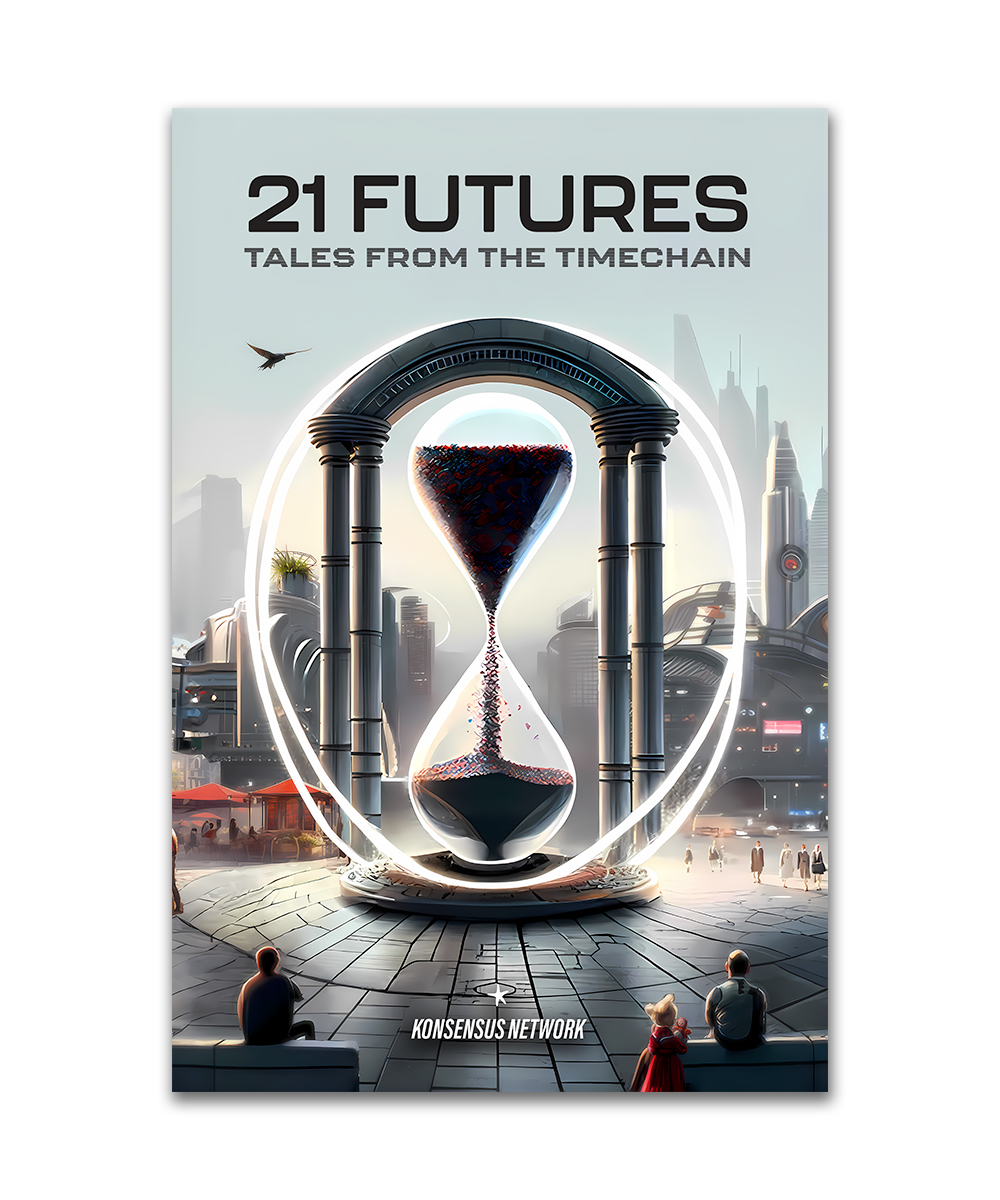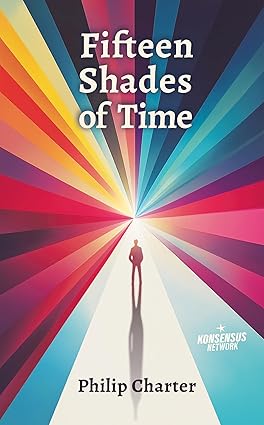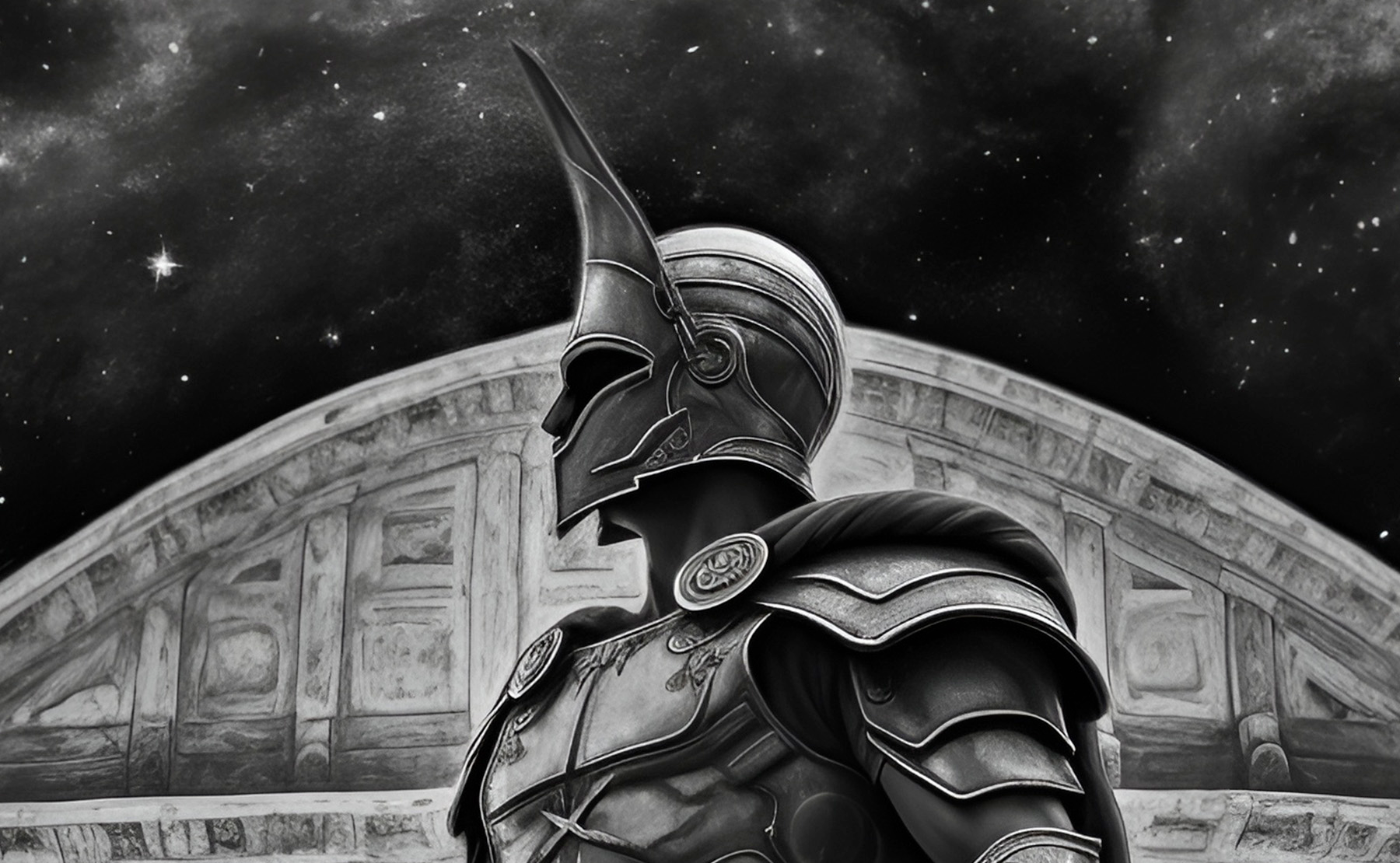·Niko Laamanen · blog · 5 min read
From Time to the Timechain
An interview with Philip Charter, author of 15 Shades of Time.

Interview with Philip Charter
We caught up with KNW editor Philip Charter to talk about his new book 15 Shades of Time.
Why write a book about time?
My obsession with time actually started when I read An Occurrence at Owl Creek Bridge (written by Ambrose Bierce in 1890).
We can’t play around with time in the real world, but in fiction, anything goes. The story of Owl Creek Bridge follows a Confederate sympathiser condemned to death by hanging. In its three sections, time goes forward and back, speeds up and slows down, and at one point stops entirely. Every time I read it, I feel like I’m physically travelling in time.
I went a bit deeper into the topic back in 2020. Due to the lockdown, I had a lot of time on my hands to do some research. Like many of my stories, this one started with a question: I started to ask ‘what actually is time’?
What did you find out?
I found out that time is a rabbit hole! Nobody knows exactly what it is. We know that it’s conceptual, personal, and malleable, however accurate our watches are. Some philosophers and scientists (Jose Luis Borges and Carlo Rovelli) claim it doesn’t exist.
I guess what I discovered is that we all need time to survive. It’s how we process our experience here on Earth.
Who are the characters in this book?
The book tells the story of Luca Cangemi, an Italian philosophy professor giving a lecture on the subject of time. The chapters follow the possible lives of other characters in the lecture hall. Then, Cangemi makes an astounding discovery. It’s something that allows him to change the fabric of time for everyone (including the readers).
Why use 15 characters to present the story?
I like to challenge readers, so I made the story a bit of a puzzle. In fact, there is something called a 15 puzzle — it’s a block of 15 pictured tiles and one space. You have to slide them to arrange the correctly ordered image. There’s more about the puzzle in the book.
What about the Timechain? Is there any link there?
Not exactly. The book doesn’t mention it, but isn’t everything an analogy for bitcoin? Soon after finishing this book, I got orange pilled and began to read more and more about bitcoin, including Gigi’s fantastic essay Bitcoin is Time.
Time is all we have though. Even though it might be hard to understand, we have to try.
Who do you think would enjoy this book?
I’d say sci-fi fans. Those who aren’t afraid to be challenged. One cool thing about the bitcoin community is that they are dialled in to technical stuff and they are avid readers. Why not give fiction a try too? Sometimes we learn more from getting the answer ourselves through stories.
What are you working on next?
I have three other writing projects on the go, so there is no time to rest. Very soon, I’ll be publishing a children’s book about horrible uncles. I’m editing the next installment of 21 Futures too. Financial Fallout will be out in early 2025. And finally, I’m writing content and newsletters for bitcoin founders and companies. If I’m not trying to sell you a book, I’ll be doing my best to orange-pill you, ha ha.
Thanks for talking with us, Philip, and good look with all those writing projects.
Order the book here.
Here’s a passage from Fifteen Shades of Time.
The Direction of Everything
Luca Cangemi and everyone he knows will be long dead, but the moment will come. Theoretical physicists believe it will be anywhere from 2.8 to 22 billion years in the future. In that moment, everything reverses.
The Big Crunch is a cosmological event in our future and our past in which the density of matter grows sufficiently that gravitational attraction overcomes the expansion that began with the Big Bang. Entropy reverses and the second law is broken. Chaos retreats.
Order is regained as space contracts. Broken rocks reform and decayed bodies reanimate. We live our lives in reverse, unexperiencing everything we did the first time around, moving backwards, shrinking towards birth. Instead of questions about creation, we search for the harbinger of order. Who began this? What is our final form?
Luca imagines the crowds at his book signings dissipating and the offices of his academic fellowships decreasing in size. Wrong turns are righted and his family grows closer. His briefcase heals itself and he returns it to his mother. Life rewinds back to him as a young boy, unreading the words that inspired him to look for meaning in all of this. If it can all be reversed, are all shared experiences undone? All bonds broken? Luca returns into his parents, then ancestors, apes, microbes, and nothing. The earth, the planets and stars all merge into one perfectly ordered mass.
Yet, this is not an end, but another beginning in which the universe is reborn in another bang. Galaxies, planets, plants, and philosophy professors will live the same lives as they did billions of years before (and after). The process of positive and negative entropy repeats and we all make the same mistakes again.
Time elapsed: the infinitely repeating cycle of a universe
You can order the book here.

If you are interested in all the possible futures bitcoin might help develop you should buy your own copy 21 Futures! Click on the cover or here to get Philip’s book!





